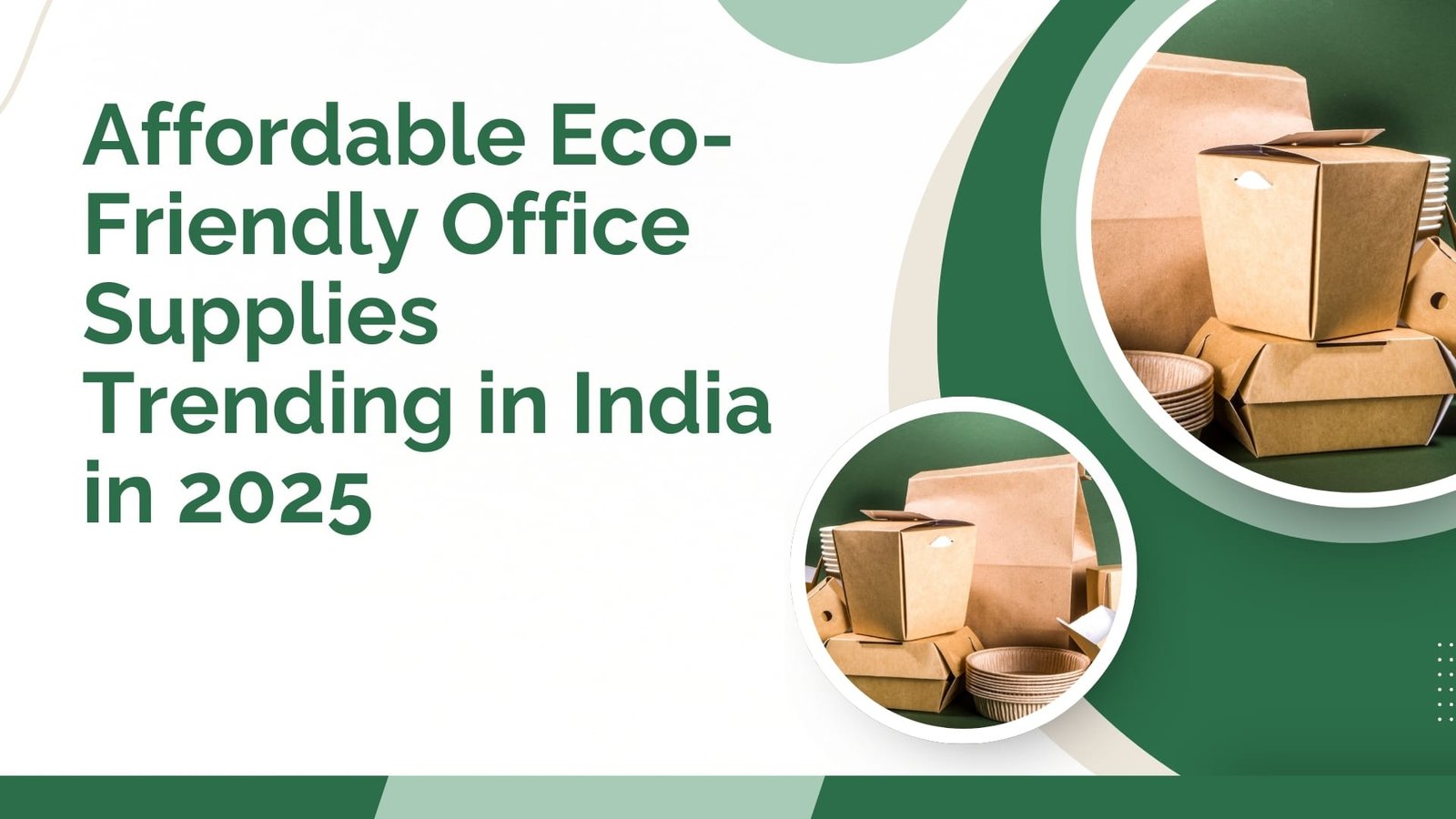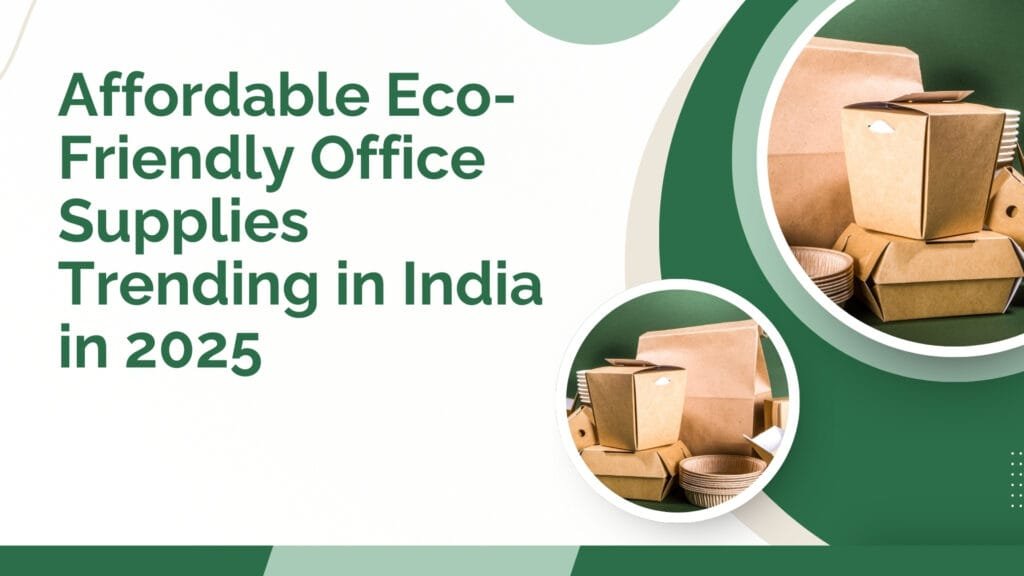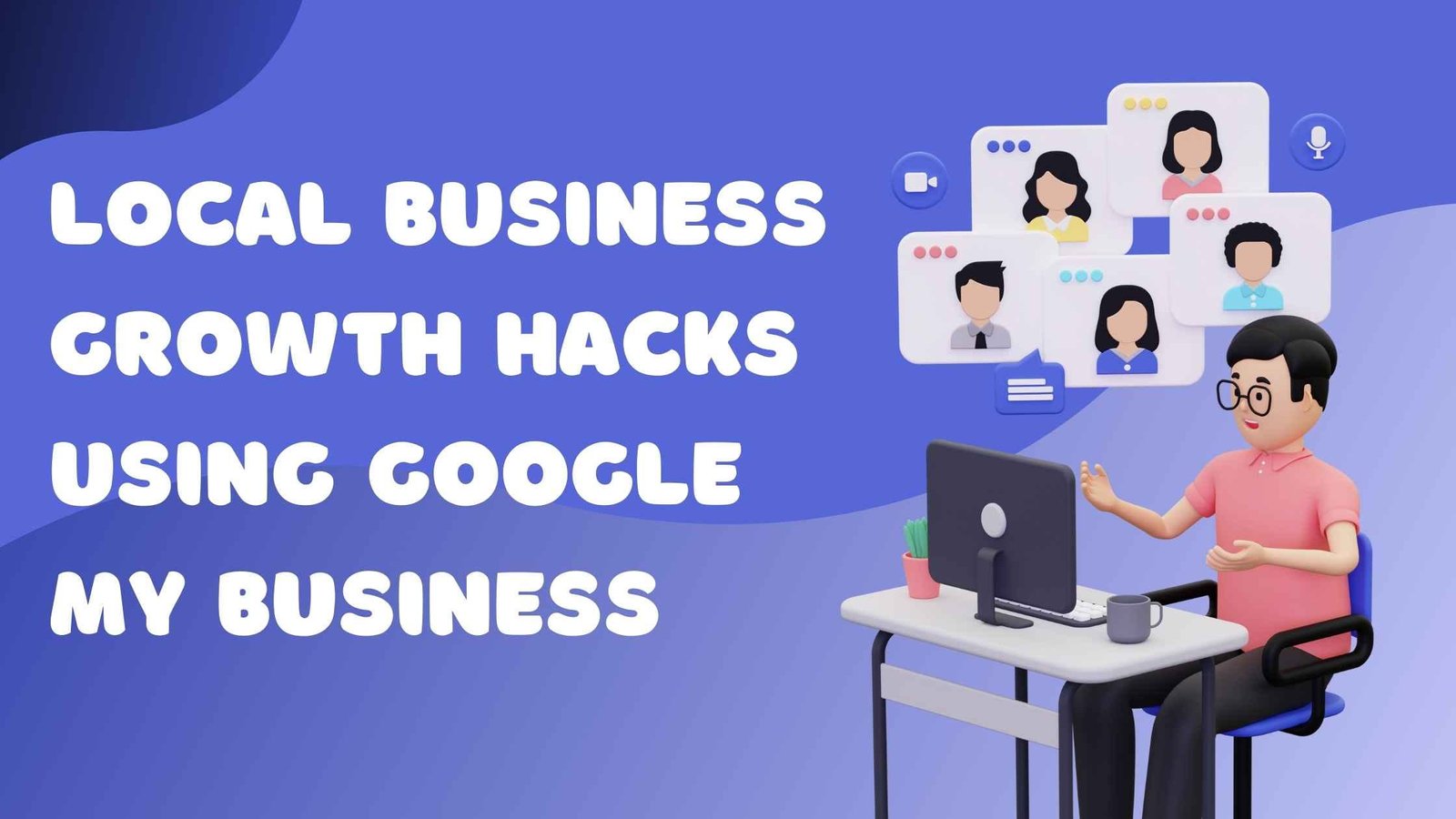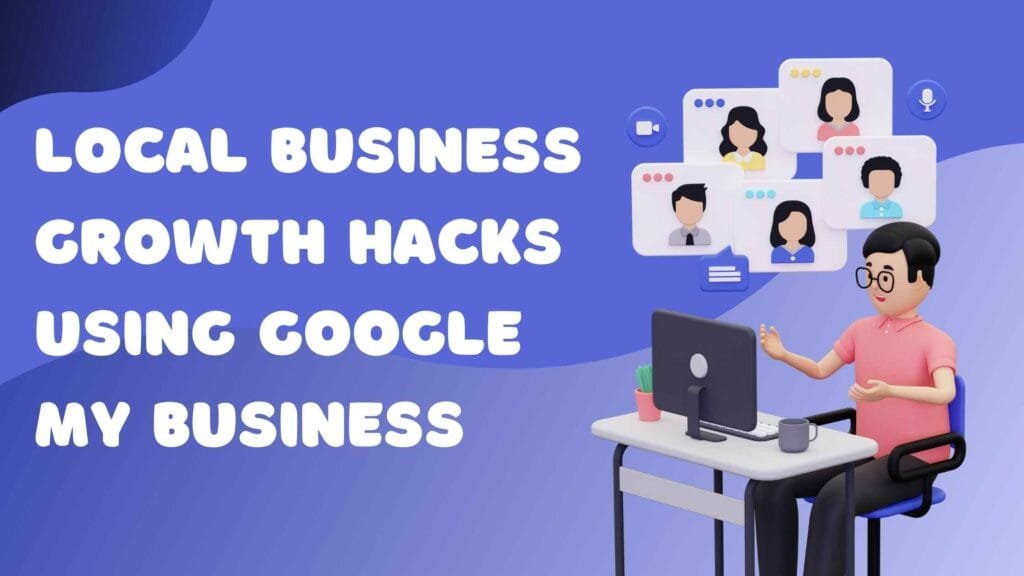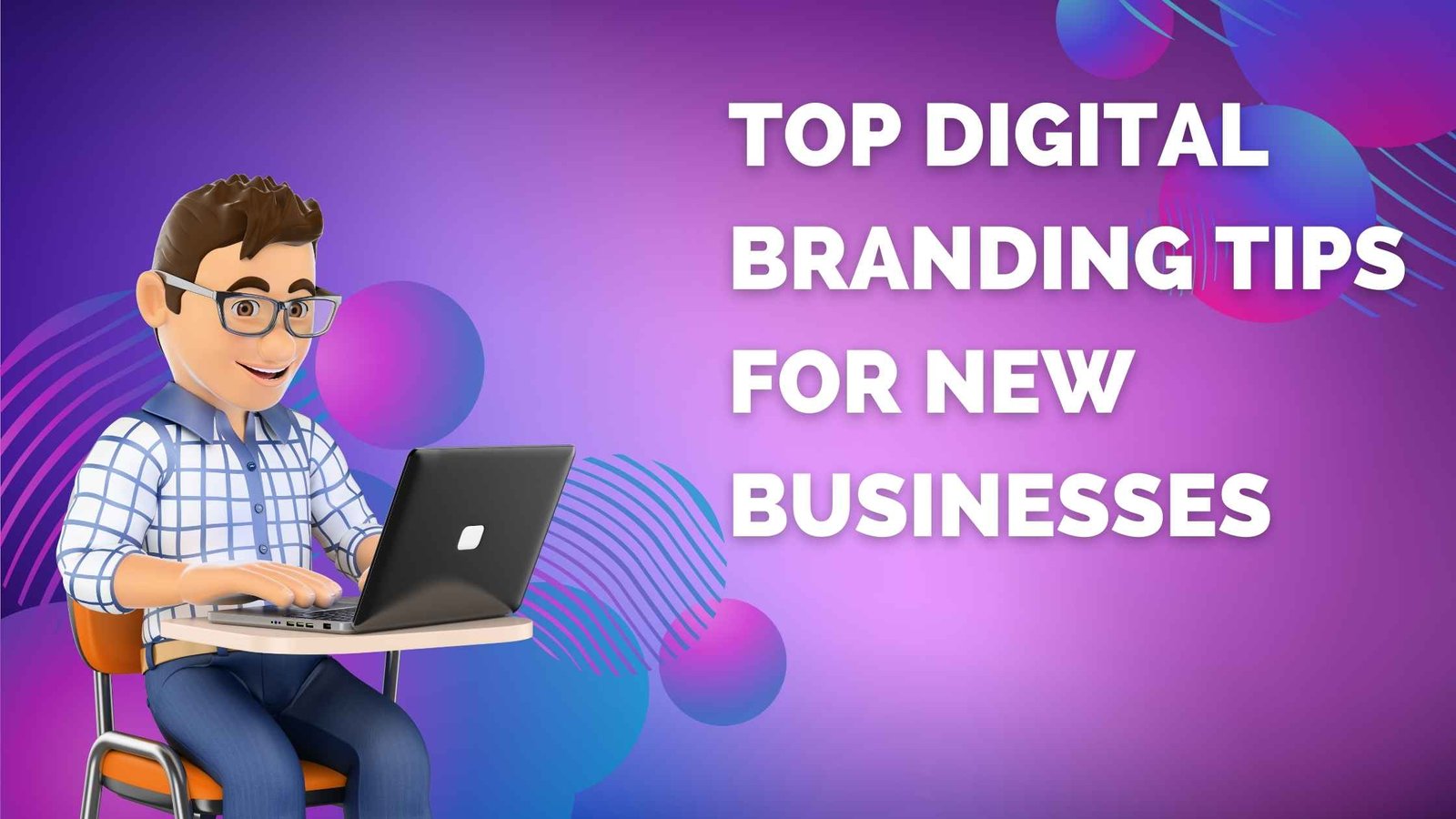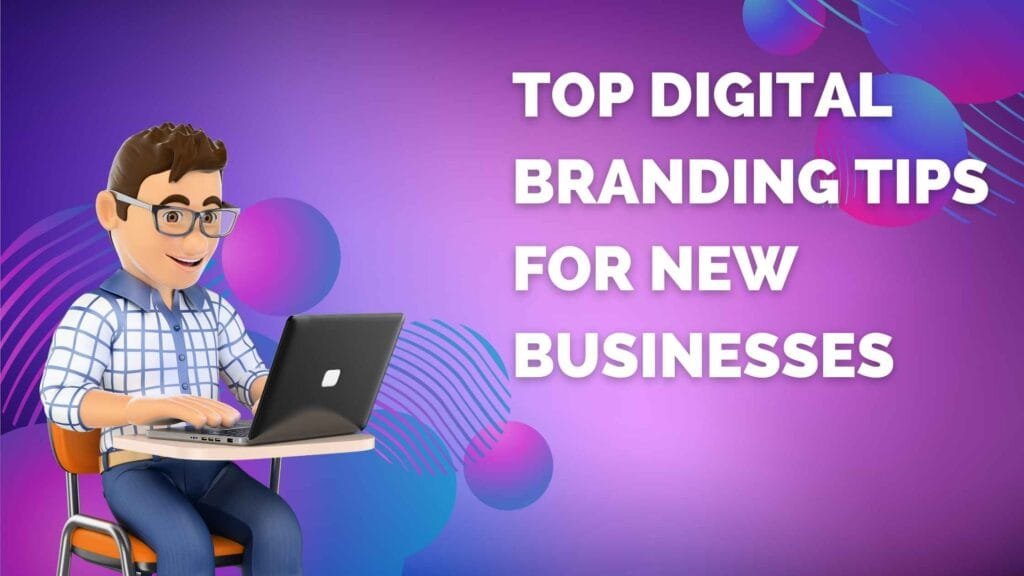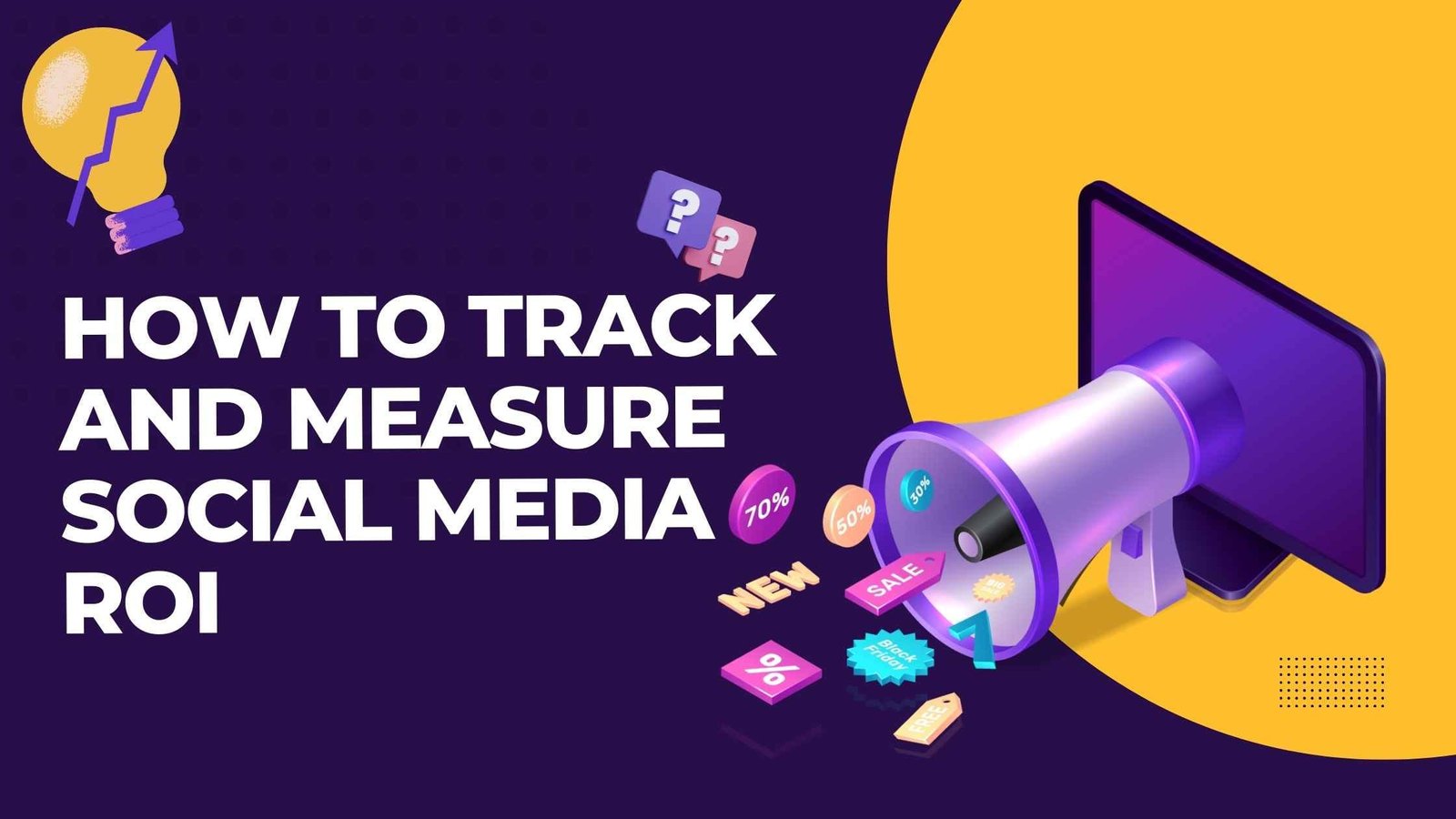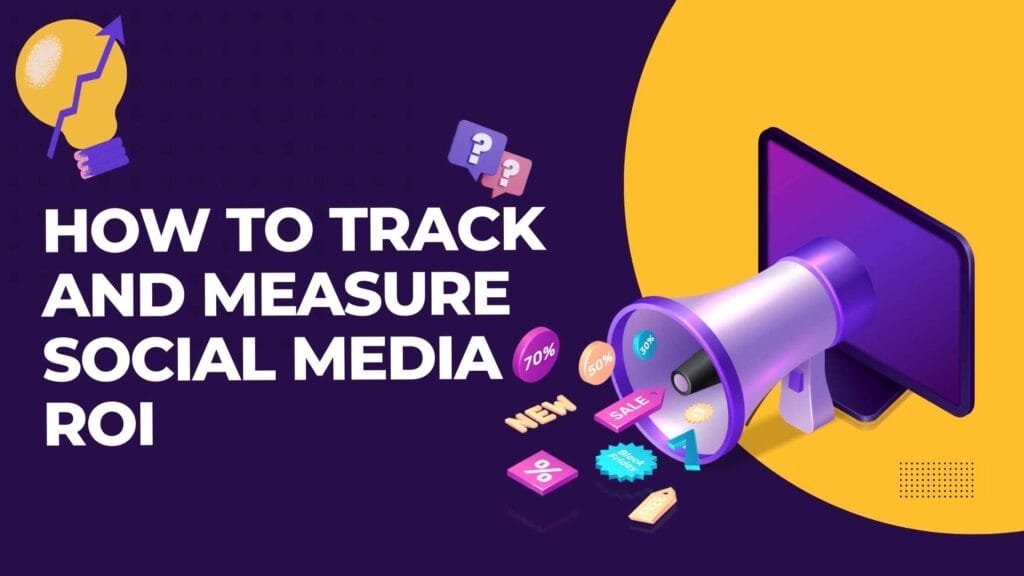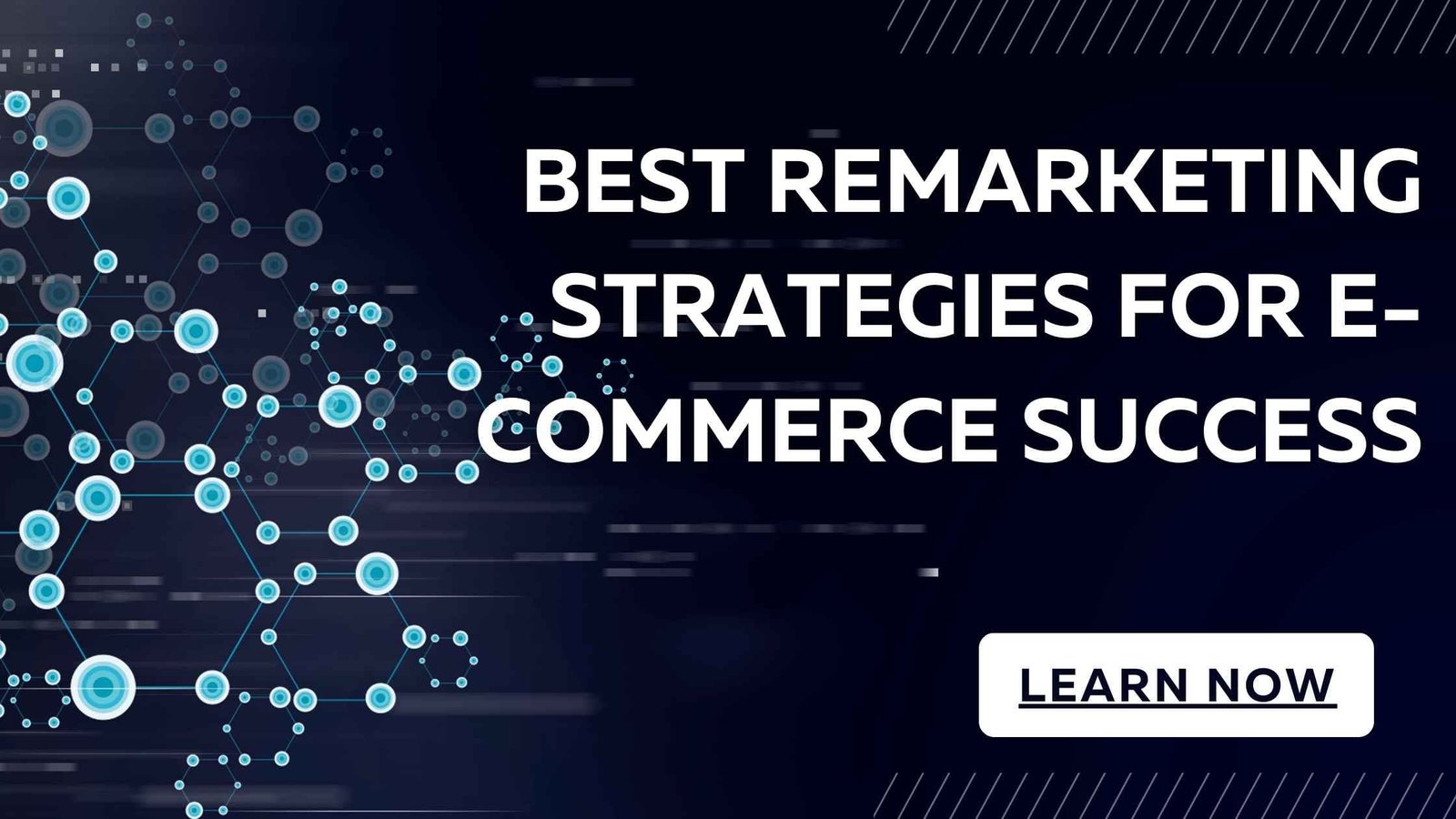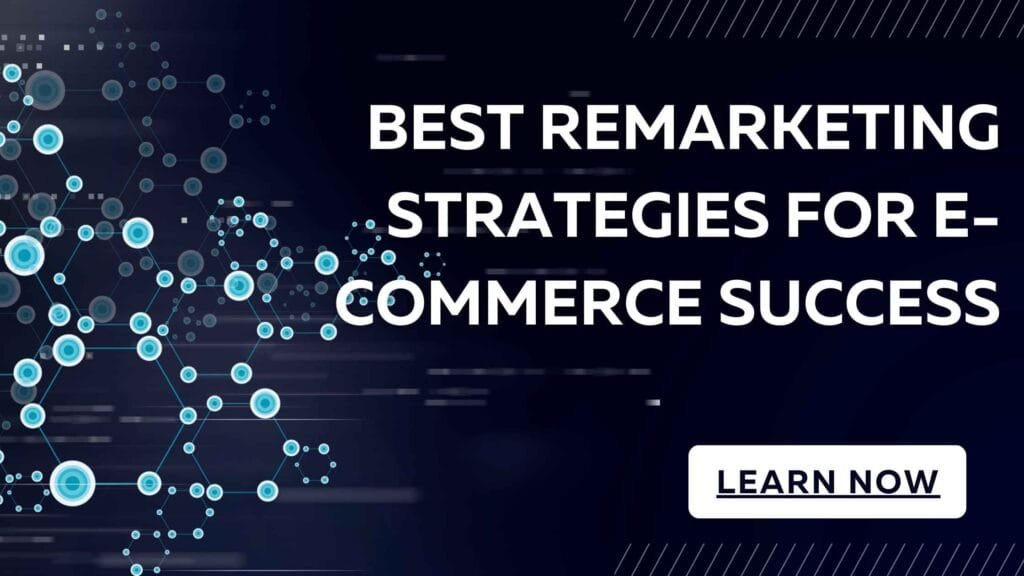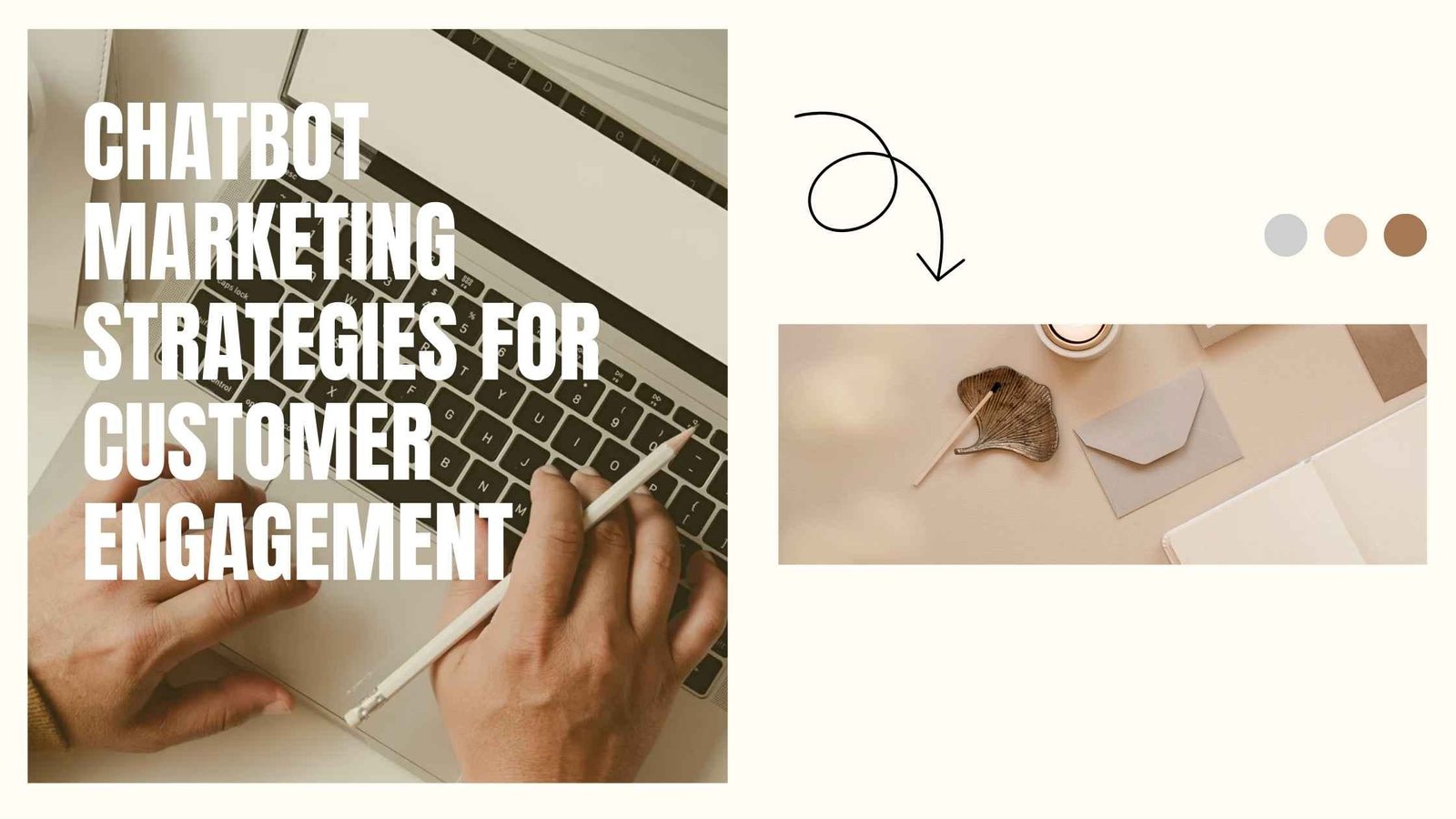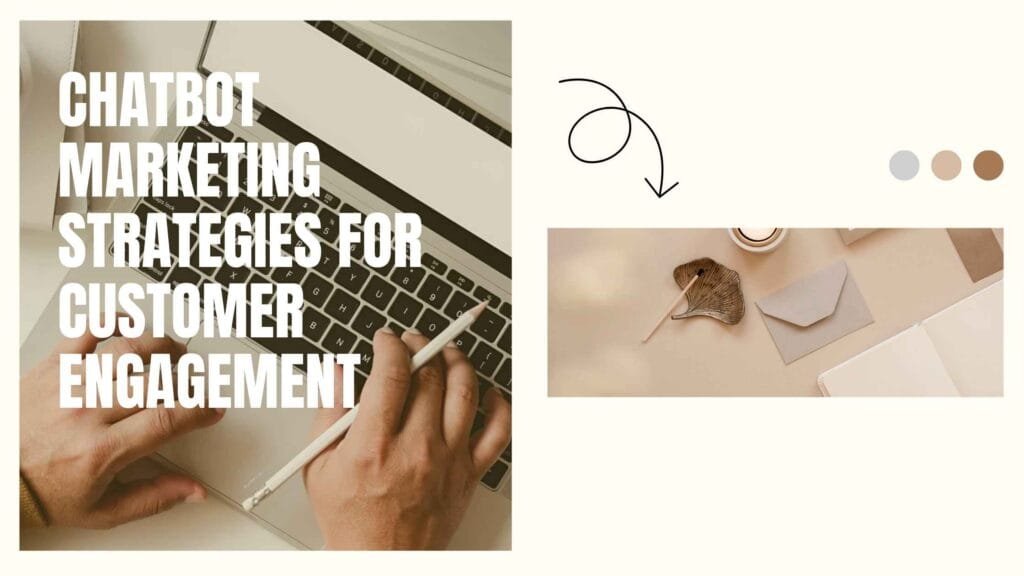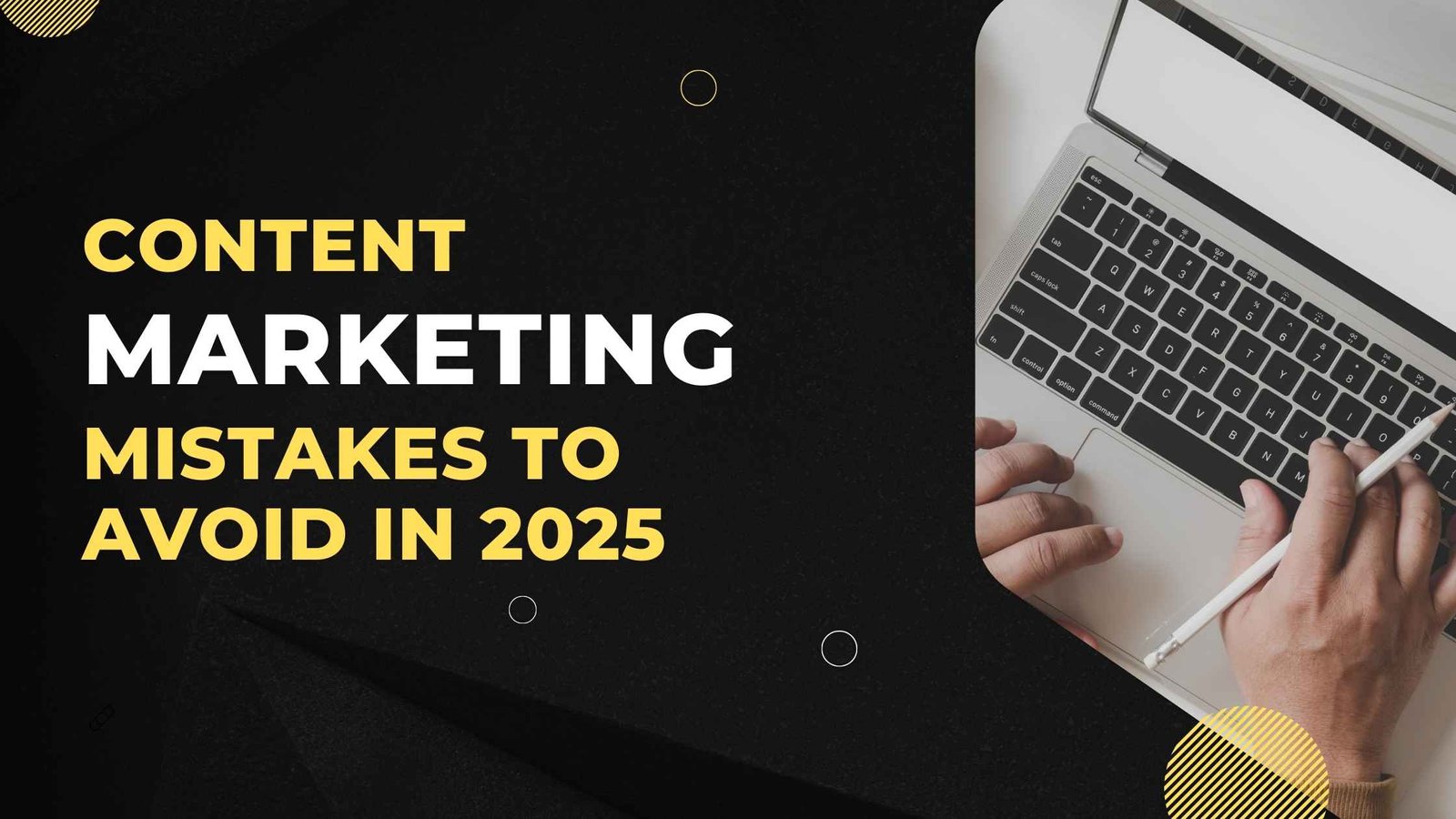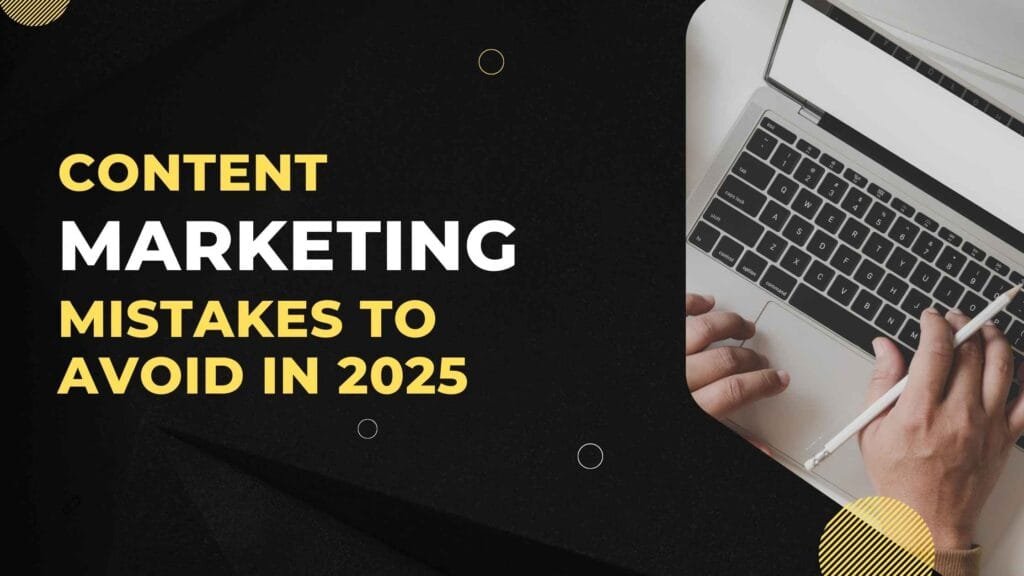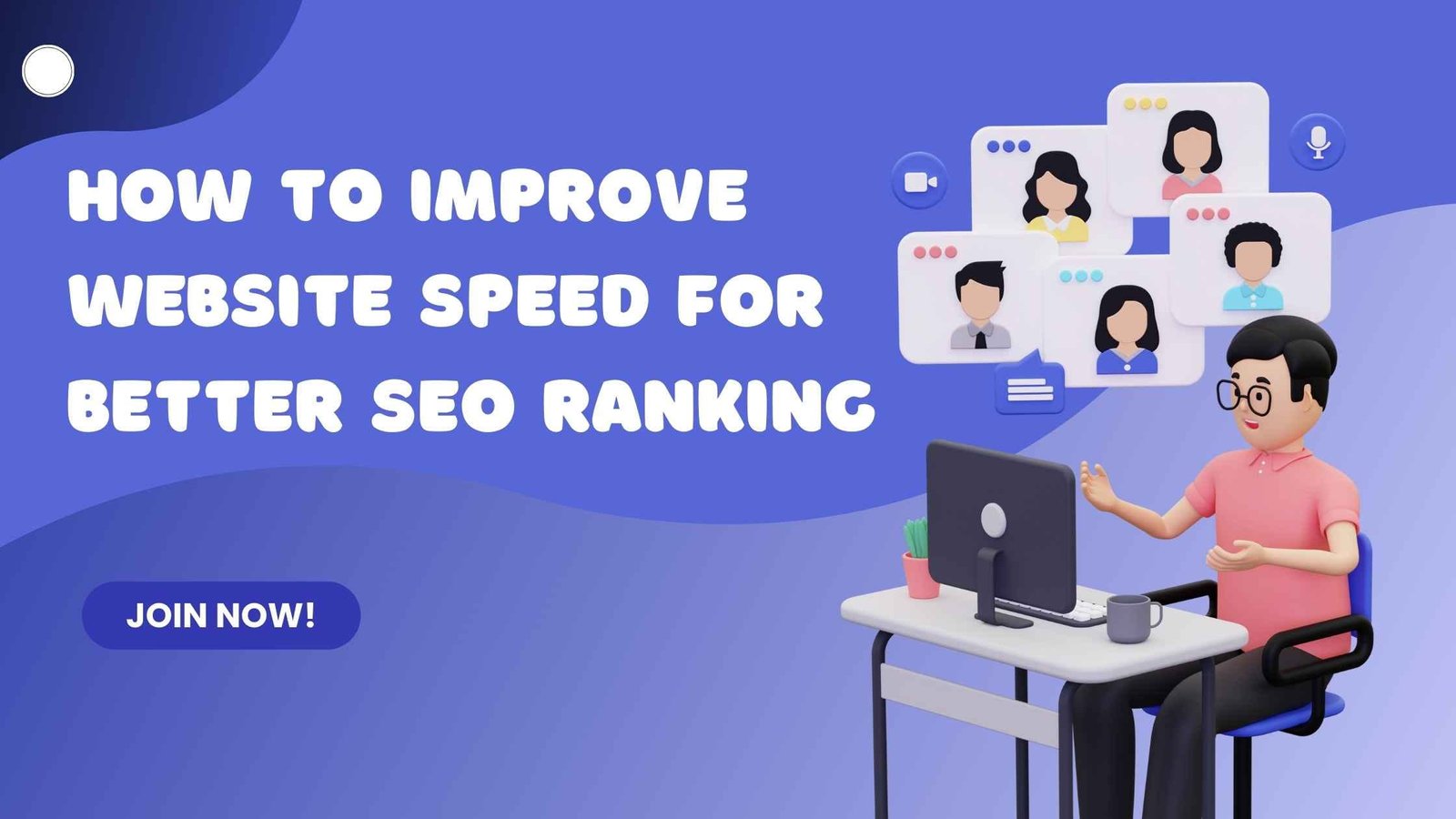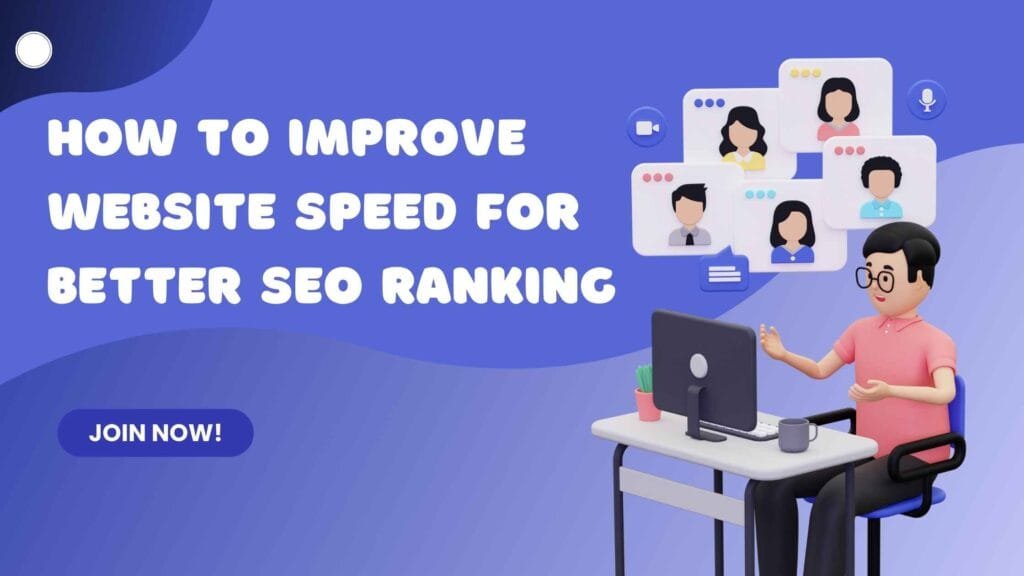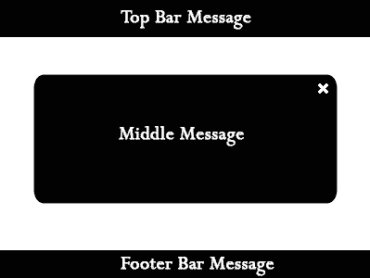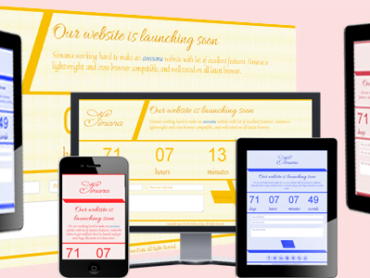
Introduction
In today’s fast-paced digital world, productivity isn’t just about working harder — it’s about working smarter. For entrepreneurs and small business owners, using the right digital accessories can significantly improve work speed, organization, and creativity. In 2025, many tools are designed to make workflows smoother, reduce repetitive tasks, and keep your focus sharp. Here are some essential digital productivity accessories that genuinely boost efficiency.
Key Digital Productivity Accessories to Consider
1. Smart Digital Notebook
A smart digital notebook blends the feel of writing by hand with the power of digital storage. It lets you write, sketch, and take notes as you normally would, but then sync everything to the cloud. This eliminates paper mess and makes your notes searchable, shareable, and easy to archive.
2. Digital Pen / Smart Pen
Smart pens are powerful tools — they capture handwriting, convert it into digital text, and often record voice. These are extremely useful during meetings, brainstorming sessions, or when you need to quickly capture ideas without typing on your laptop.
3. Docking Stations / USB-C Hubs
Say goodbye to cable chaos and limited ports. A good docking station expands a laptop’s capability, allowing you to connect external monitors, power, audio devices, and more — all from a single USB-C port.
4. Portable Monitor / Laptop Stand
Increasing your screen real estate improves multitasking and helps you juggle spreadsheets, research, and design work more efficiently. A stand or extender also keeps your laptop at an ergonomic height.
5. Drawing Tablets
For creative entrepreneurs, graphic designers, or anyone who wants to sketch ideas, drawing tablets are a game-changer. They let you draw directly into digital tools like Adobe Illustrator, Photoshop, or note apps.

